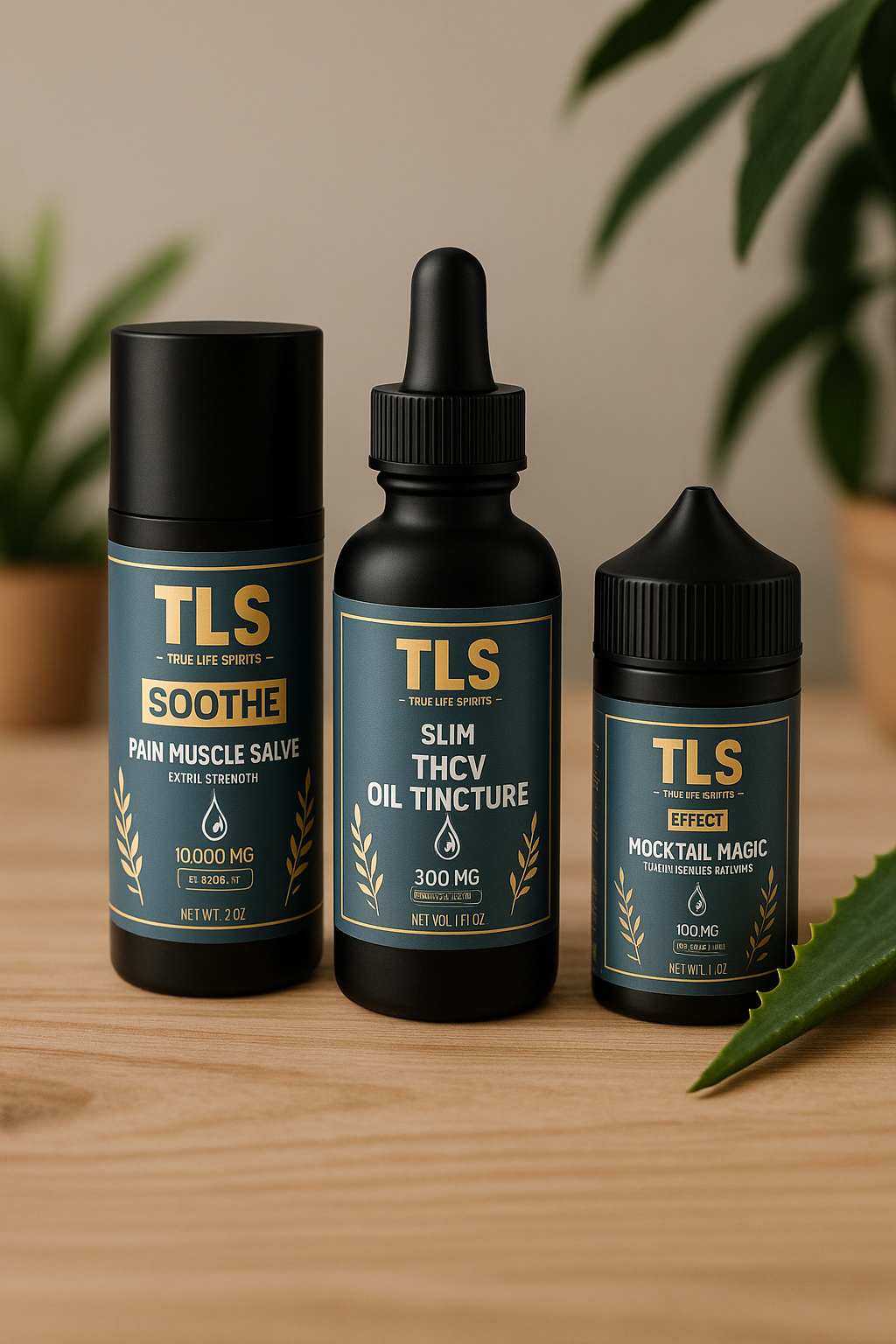Delta 9 tetrahydrocannabinol, commonly known as Delta 9 THC, is the chemical that sparks curiosity, debate, and fascination in the world of cannabis. As the primary psychoactive compound in the cannabis plant, it’s responsible for the “high” that has defined marijuana’s cultural and medicinal legacy for centuries. But beyond its recreational allure, Delta 9 THC is a complex molecule with a rich history, evolving legal status, and a growing body of scientific research that highlights its potential and risks. This blog post explores the science, effects, legality, and cultural impact of Delta 9 THC, weaving together facts and figures to paint a comprehensive picture of this remarkable compound.
The Chemistry Behind the Buzz
Delta 9 THC, or Δ9-tetrahydrocannabinol, is one of over 100 cannabinoids found in Cannabis sativa. Chemically, it’s a lipophilic molecule, meaning it dissolves in fats and oils, which explains why edibles often deliver a potent, long-lasting effect. Discovered in 1964 by Dr. Raphael Mechoulam, an Israeli chemist, Delta 9 THC binds to the body’s endocannabinoid system, specifically CB1 receptors in the brain and nervous system. This interaction triggers the release of dopamine, creating feelings of euphoria, relaxation, and altered perception. According to a 2020 study published in Nature Reviews Neuroscience, THC’s affinity for CB1 receptors is 10–20 times stronger than that of endogenous cannabinoids like anandamide, making it uniquely potent. Its molecular structure, C21H30O2, allows it to cross the blood-brain barrier efficiently, with effects kicking in within minutes when inhaled or up to two hours when ingested.
A Historical Journey Through Cannabis Culture
Cannabis, and by extension Delta 9 THC, has been part of human history for millennia. Archaeological evidence from a 2019 study in Science Advances suggests cannabis was used in ritualistic ceremonies in China as early as 500 BCE, with THC-rich residues found in ancient incense burners. By the 19th century, cannabis tinctures were common in Western medicine for treating pain and insomnia. However, the 20th century saw Delta 9 THC demonized, largely due to its psychoactive effects. The 1936 film Reefer Madness sensationalized marijuana as a gateway to violence and insanity, fueling prohibition efforts. The U.S. Controlled Substances Act of 1970 classified cannabis as a Schedule I drug, citing “no accepted medical use.” Yet, by 2025, the pendulum has swung back, with Delta 9 THC at the forefront of a global cannabis renaissance, driven by shifting public perceptions and scientific validation.
The Highs and Lows of Delta 9 Effects
The allure of Delta 9 THC lies in its diverse effects, which vary by dose, method of consumption, and individual tolerance. At low doses (5–10 mg), users often report heightened creativity, mild euphoria, and stress relief, as noted in a 2017 Journal of Psychopharmacology study. Higher doses (20–50 mg) can intensify sensory perception, alter time perception, and induce giggles or introspection. However, the same study warns of potential side effects at higher doses, including anxiety, paranoia, and impaired motor coordination. Chronic use may lead to tolerance, with a 2021 Addiction journal article estimating that regular users need 50% more THC to achieve the same effects after a month. Long-term, heavy use has been linked to cognitive deficits, particularly in adolescents, though a 2023 Neuropsychopharmacology review found these effects may be reversible after abstinence.
Medical Marvel or Risky Remedy?
Delta 9 THC’s therapeutic potential is a hot topic in medical research. It’s FDA-approved in synthetic forms like dronabinol (Marinol) for chemotherapy-induced nausea and appetite stimulation in AIDS patients. A 2022 Journal of Pain study found that THC-based treatments reduced chronic pain by 30% in 40% of patients, offering an alternative to opioids. It also shows promise for conditions like epilepsy, multiple sclerosis, and PTSD, with a 2024 Frontiers in Psychiatry report highlighting THC’s role in reducing nightmares in 60% of PTSD patients. However, risks like dependency (affecting 9% of users, per a 2015 JAMA Psychiatry study) and potential exacerbation of mental health disorders keep the medical community cautious. Dosing remains a challenge, as bioavailability varies—inhalation delivers 25–50% of THC, while edibles deliver only 10–20% due to first-pass metabolism.
Navigating the Legal Labyrinth
The legal status of Delta 9 THC is a patchwork quilt. As of 2025, 24 U.S. states and Washington, D.C., have legalized recreational cannabis, with Delta 9 THC products (up to 0.3% in hemp-derived forms) legal federally under the 2018 Farm Bill. Globally, Canada, Uruguay, and parts of Europe like the Netherlands permit recreational use, while others, like Japan, maintain strict bans. A 2023 Global Cannabis Report estimates the legal cannabis market will reach $102 billion by 2028, driven by Delta 9 THC products. However, discrepancies persist—Delta 8 THC, a less potent isomer, is legal in some states where Delta 9 remains restricted, creating confusion. Enforcement is inconsistent, with black-market THC products posing safety risks due to untested contaminants, as reported in a 2024 Forensic Science International study.
Consumption Methods: From Joints to Gummies
Delta 9 THC’s versatility shines in its consumption methods. Smoking remains popular, with 70% of cannabis users preferring inhalation, per a 2022 Cannabis and Cannabinoid Research survey, due to its rapid onset (5–10 minutes). Vaping, touted as a safer alternative, has grown 25% annually, though a 2019 New England Journal of Medicine report linked it to lung injuries from unregulated products. Edibles, like gummies and chocolates, dominate the market, with sales projected to hit $29 billion by 2027, according to Brightfield Group. Tinctures and topicals offer non-psychoactive options for localized relief. Each method alters THC’s pharmacokinetics—edibles produce longer-lasting effects (6–8 hours) but risk overconsumption due to delayed onset, as warned by a 2021 Drug and Alcohol Dependence study.
The Cultural and Economic Ripple Effects
Delta 9 THC has reshaped culture and economies. It fuels a booming industry, from dispensaries to cannabis-infused beverages, creating 428,000 U.S. jobs by 2024, per Leafly’s Jobs Report. Pop culture embraces THC, with artists like Snoop Dogg launching THC-infused product lines. Social equity programs aim to address past injustices, as cannabis convictions disproportionately affected marginalized groups—1.5 million arrests occurred in the U.S. from 2010–2018, per ACLU data. Yet, stigma lingers, particularly in conservative regions, where THC’s psychoactive reputation overshadows its benefits. Education campaigns, like those in Colorado, have reduced teen use by 16% since legalization, countering fears of widespread youth access.
The Future of Delta 9 THC
As research accelerates, Delta 9 THC’s future looks promising yet complex. Scientists are exploring targeted delivery systems, like nanoemulsions, to enhance bioavailability, potentially increasing edible efficiency by 40%, per a 2024 Pharmaceuticals study. Synthetic analogs and THC-free CBD products are gaining traction for those seeking benefits without the high. However, regulatory hurdles and the need for standardized testing remain. The World Health Organization recommends rescheduling cannabis to reflect its medical value, but global consensus is elusive. Public interest is undeniable—Google Trends data shows “Delta 9 THC” searches spiked 200% from 2020–2025. As society balances recreation, medicine, and risk, Delta 9 THC remains a captivating compound at the heart of a cultural and scientific revolution.
Reference:
1. (2015). Scientific opinion on the risks for human health related to the presence of tetrahydrocannabinol (thc) in milk and other food of animal origin. Efsa Journal, 13(6). https://doi.org/10.2903/j.efsa.2015.4141
2. Abdel‐Salam, O. (2022). The neurotoxic effects of cannabis on brain: review of clinical and experimental data., 2, 11-23. https://doi.org/10.37394/232023.2022.2.3
Baglot, S., Hume, C., Petrie, G., Aukema, R., Lightfoot, S., Grace, L., … & Hill, M. (2021). Pharmacokinetics and central accumulation of delta-9-tetrahydrocannabinol (thc) and its bioactive metabolites are influenced by route of administration and sex in rats. Scientific Reports, 11(1). https://doi.org/10.1038/s41598-021-03242-7





Leave a comment
This site is protected by hCaptcha and the hCaptcha Privacy Policy and Terms of Service apply.